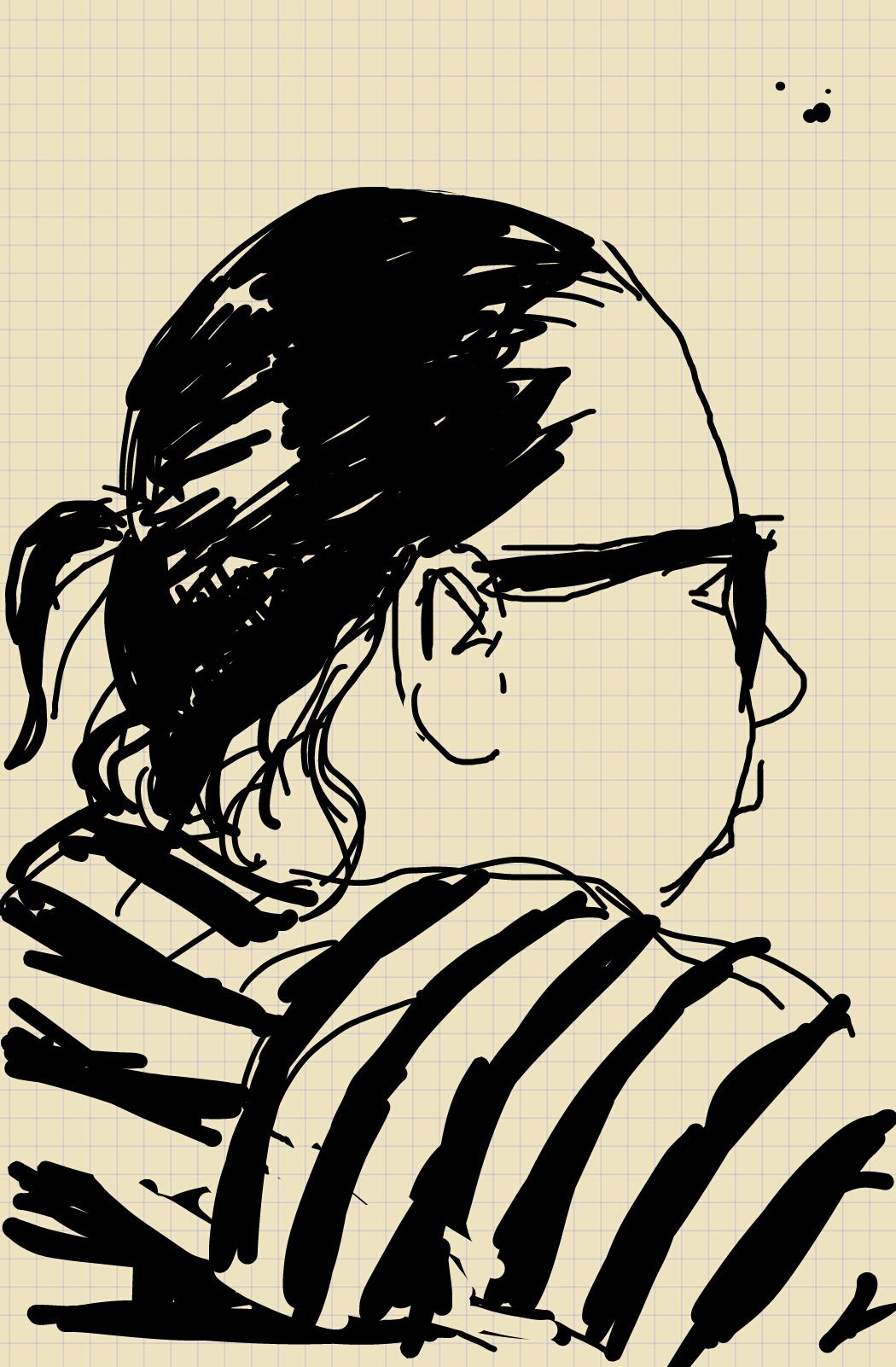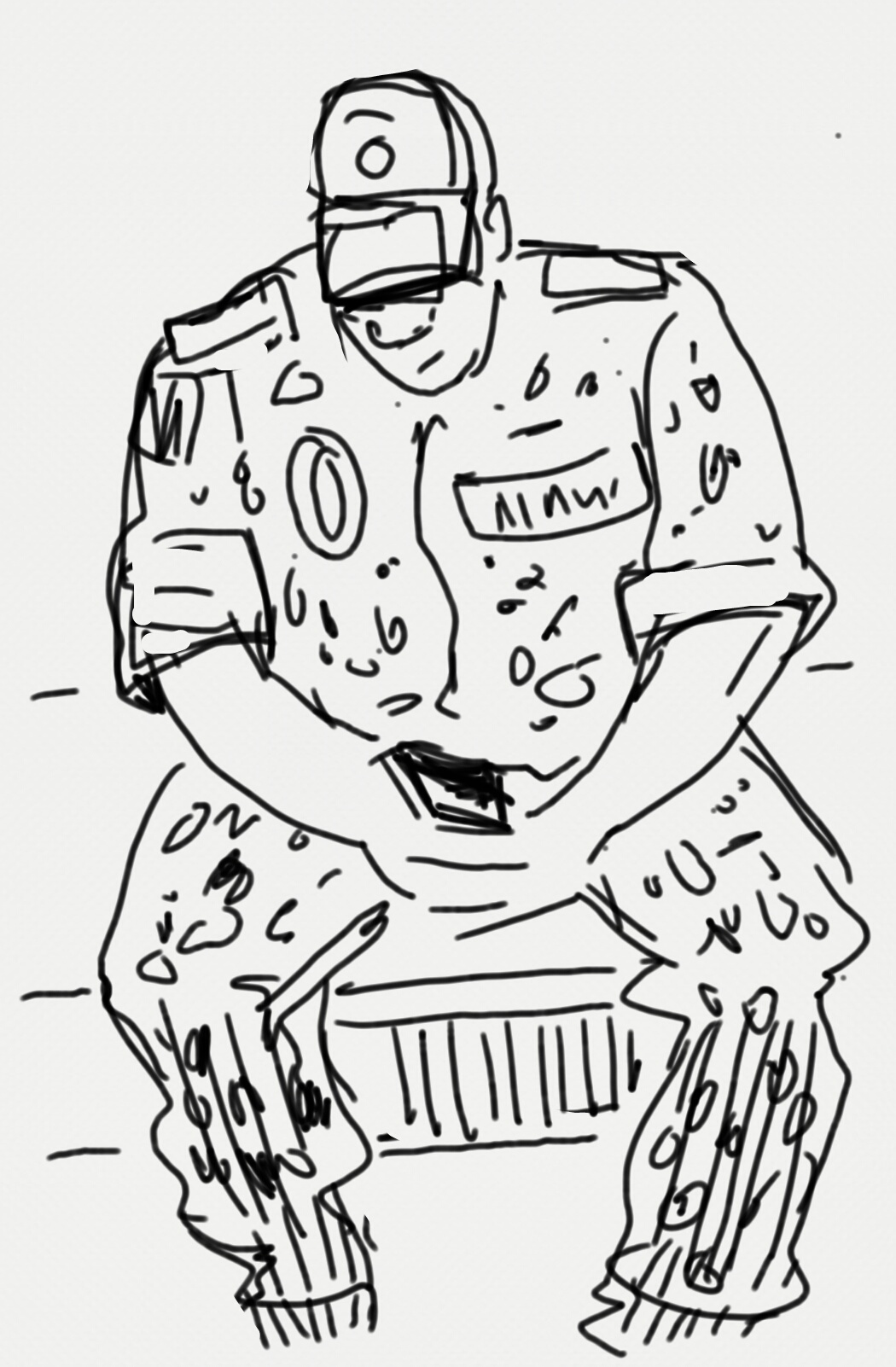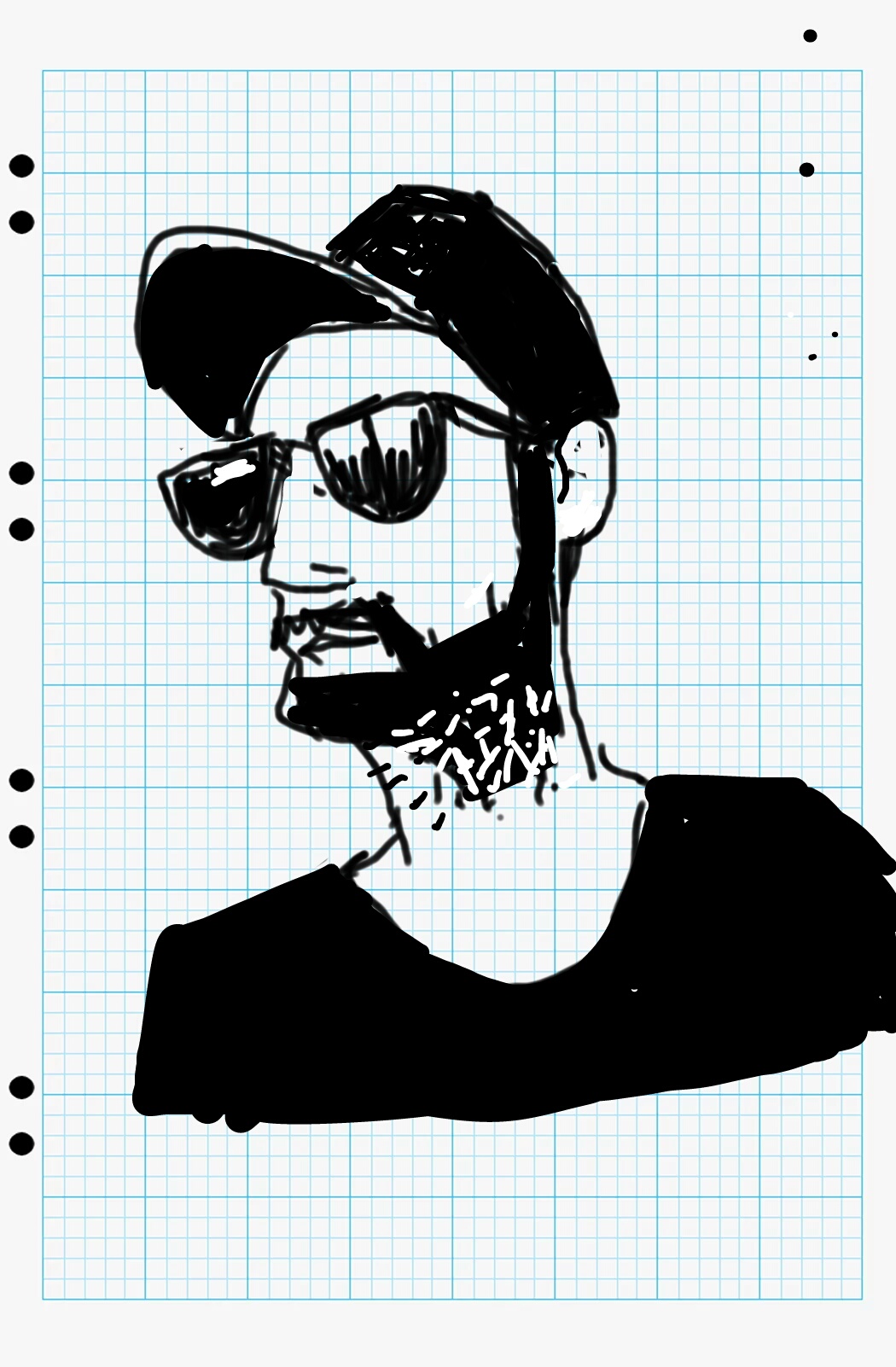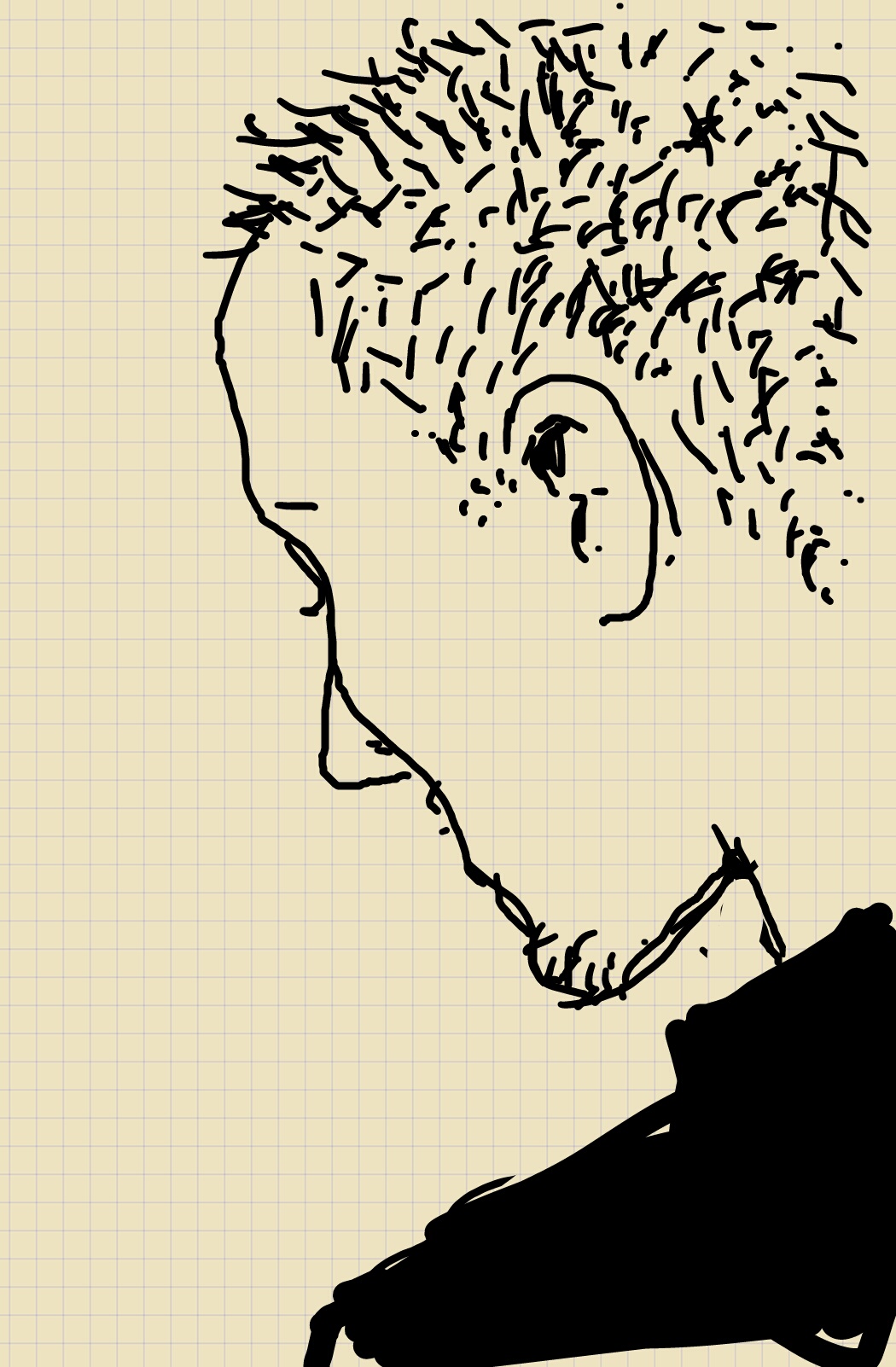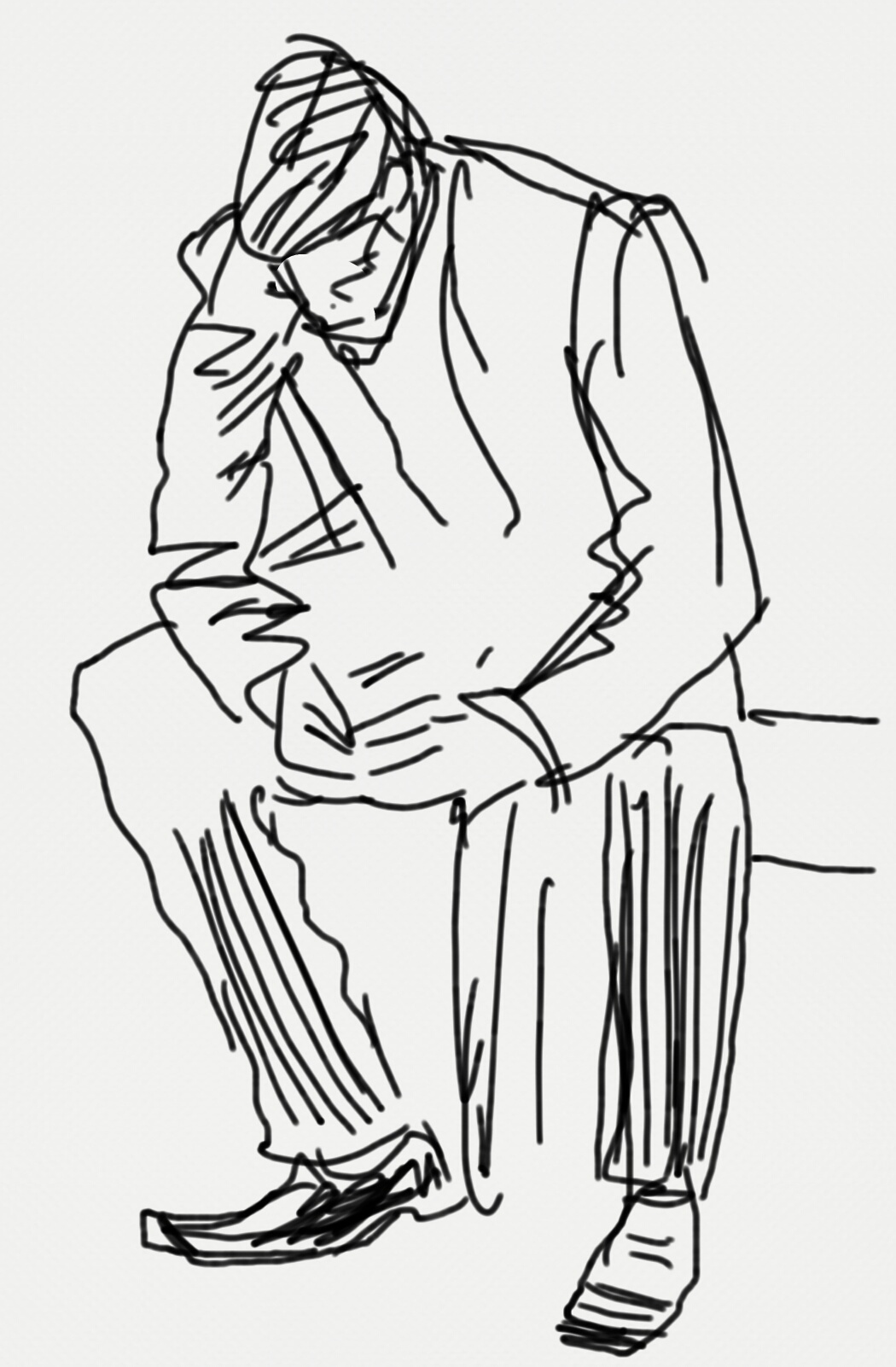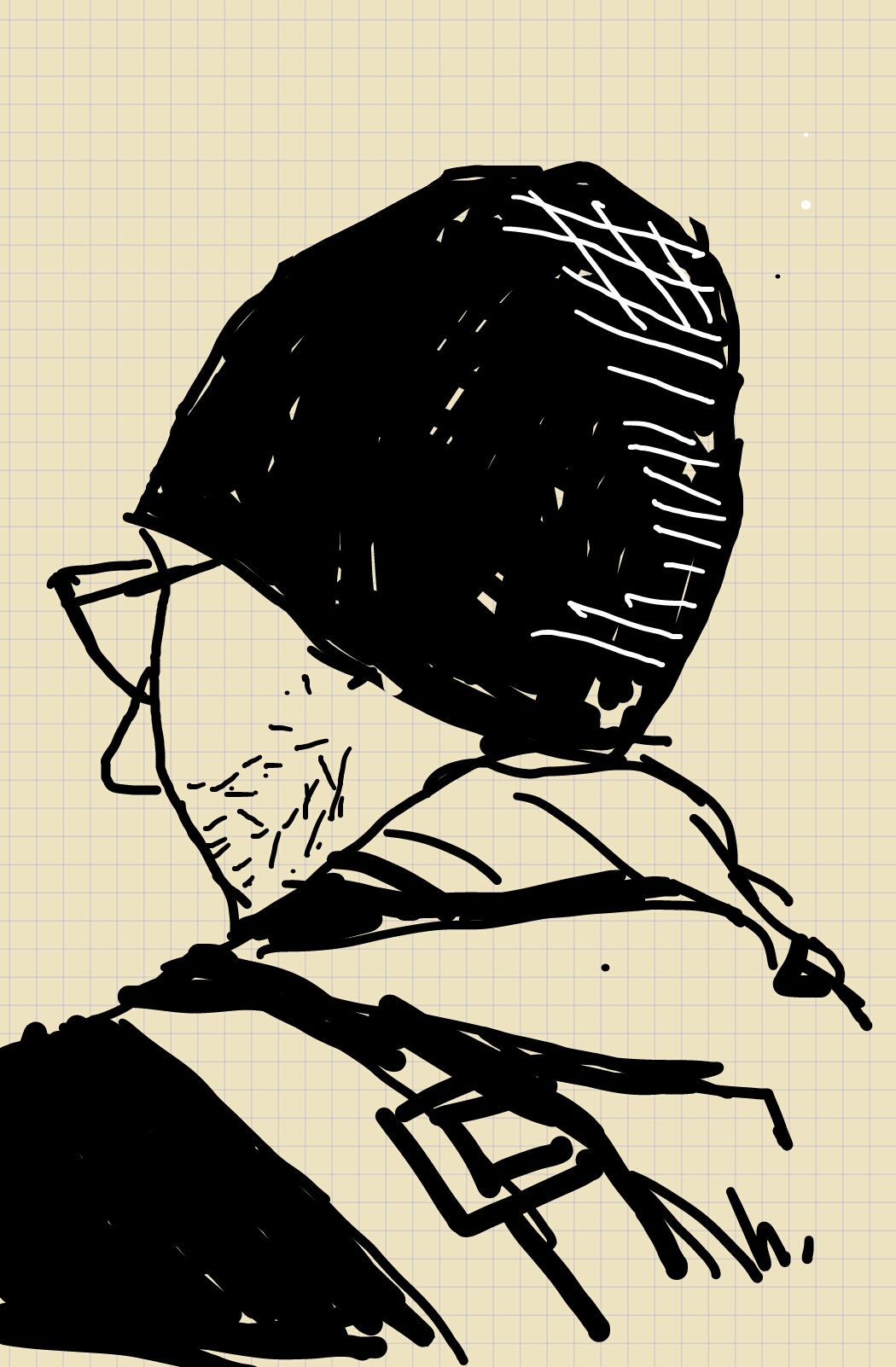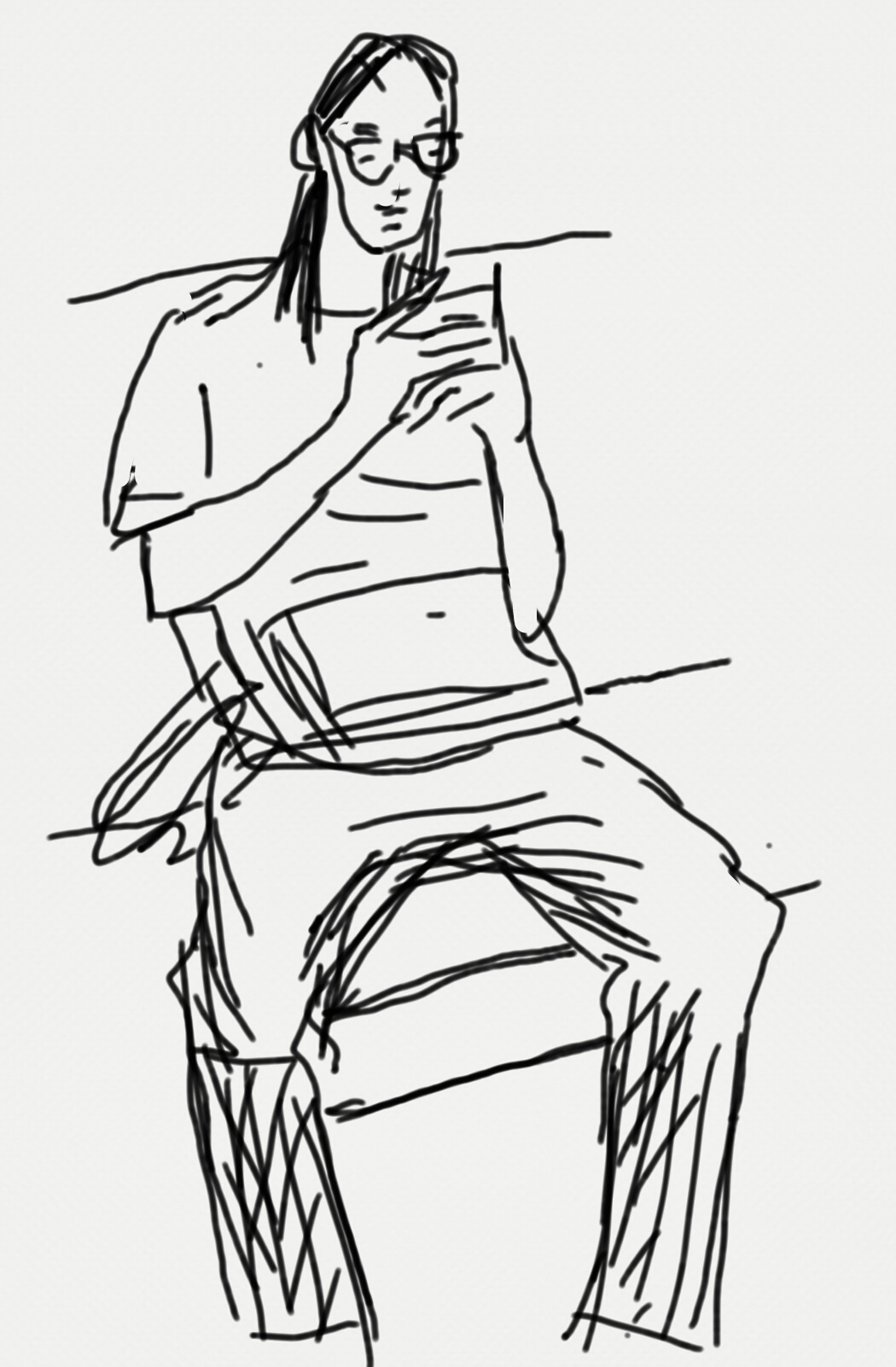A large crowd gathered at Prince Alfred Park in Sydney, a mere stone’s throw from the golden mile of gay rights and freedom of expression that is Oxford Street, to hear the outcome of the marriage equality plebiscite.
Special events are hard to capture; often they take even their own organisers by surprise. This was just one of those mornings, one of those days. A bright, sunny, spring beginning at its simplest. And something more like history.
Anticipation was at bursting point by the time a 10am announcement was being wired through the PA system. As the Australian Bureau of Statistics spokesperson began to outline the voting process and the data analytics (“get to the chorus,” shouted one heckler), even he was droll enough to admit it was the first time anybody had taken much notice of an ABS spokesperson. Cue much laughter from the crowd.
It was nonetheless astounding to hear that in an optional ‘survey’ of the entire country, 79.5% of the nation were motivated enough to make their vote on same-sex marriage known. For better or for worse the process had stirred us.
For those farther back from the stage, the main announcement did not really come in words as the volume of the response up front drowned out what was being said. As individuals reached for their phones to get the information that 61.6% of those who voted said ‘Yes’, the news came across the crowd like a wave. People cheered and people wept. Lives were suddenly raw and on display.
Certain speakers told their own story, not so much with their words really, but just by being there – figures like Christine Forster, Tony Abbott’s sister and Ian Thorpe, the swimming champion, whose personal narratives offer so much hurt and hope to anyone of basic empathy.
But it was comedian Magda Szubanski who was, by some margin, the leading voice of the day: articulate, sensitive and, as you’d expect, a little funny too. Her affirmation that “we are a strong, loving community” seemed to reach into the crowd with all the physicality of a deep hug, while her sense of charged historical connections took us back to the nation’s convict beginnings and a country that in some archetypal way could offer up, even at its bleakest, “a belief in second chances”. This was a speech that would do any politician proud. Not that many politicians had much to be proud of when so many of their comrades had abrogated their responsibility to simply do their job fearlessly.
During the ABS announcement there was especially intense applause at the revelation of a high rate of voting response from 18 and 19 year olds who had registered, an undercurrent feeling that this vote belonged to tomorrow as much as today – and a better tomorrow for that.
As John Paul Young’s ‘Love Is in the Air’ burst through the PA system, rainbow flags emblazoned with the word ‘YES’ fluttered everywhere. A huge scrum of media meanwhile tried to get hold of a story that felt bigger than any one view, its pieces flying all around like so much brightly coloured human confetti. Picnickers drank champagne; badges saying, ‘Stronger Together’ were passed out for free. A large placard held aloft, ‘THAT’S MRS DYKE TO YOU’, showed the good humour, and maybe a little of the ache in the moment as well.
That strange feeling occurred again, subsiding and rising but always there – not the day itself, but of history present within and around it.
The songs rolled on… Queen’s ‘We Are The Champions’, Sister Sledge’s ‘We Are Family’, Candi Staton’s ‘Young Hearts Run Free’, Bruno Mars’ ‘Marry You’… a party was beginning.
The crowd was streaming away. Word was Oxford Street was going to have an illegal street event that would go all day and take over both Darlinghurst and Surry Hills as today moved into tonight. It seemed the right way to celebrate, a community unable to be contained.
In the end, it had all come down to the people.
The following portraits tell a little of the story…
Jasmine Noud and Lydia Jupp

Jasmine Noud and Lydia Jupp.
Lydia Jupp explains that she and Jasmine Noud “are both queer. And today, I really want to be surrounded by my queer family while I hear the result.”
For Lydia the ‘Love is Love’ slogan is about that sense of family in the community “and the acceptance” that comes with it.
Jasmine agrees. And says she is here for “a lot of the same reasons”. Being part of a community where there is a “love, unity and unconditional, pure feeling” is obviously central to her.
“But love is such a big topic,” Jasmine says, “there is so much to it.”
“My grandfather was gay and he passed away before he could marry his long-term partner,” Jasmine says. “I especially wanted to come along today to pay my respects to him. Being here, the SSM vote, I’m fighting not only for myself, but for the legacy of my grandfather.”
Scott Read and Brad Martin

Scott Read and Brad Martin
Scott Read says, “Today would be too hard to do without the support of the people you love and know.” That’s why he has come down to the park to hear the result of the plebiscite. He needs them as much as they all might need him.
“Its been tough. There’s an anxiety, there’s hope, but it’s all tinged with sadness that the whole thing had to be at all. The last three months have been about bringing up old traumas – its been like high school again. Reading the stuff in the dailies [papers]. Just being in my backyard and seeing ‘NO’ written in the sky. I love my garden. To encounter that hatred in my own backyard, that was very upsetting.”
Brad agrees. “That was the worst. It was the first time I cried in this whole thing.” He gives Scott a pat. “It feels good to be here now, the community, the family here.”
Scott nods. “The ‘Love is Love’ slogan,” he says, “boils down to a simple thing. Love one another. Also the love that a community can offer. We’re not perfect – but the love’s here. Yes.”
Angela Griffin and Zoe Ford

Angela Griffin and Zoe Ford
Zoe Ford uses a curious phrase to explain herself. “I feel like it’s my rent that I have to pay, my responsibility, my obligation to be here today. It’s hard to explain… it’s a role I feel I should play to be a good ally and to do my part.”
More simply she says, “And I just like the feeling here today. There’s nice people here. And everyone has gathered for something so positive. I think we tend to gather when we hate something; so it’s nice we can gather with so many people for something so positive.”
Her friend Angela Griffin has been inspired on an equally human level. A friend of she and Zoe’s is the NSW Deputy Field Director of the Marriage Equality Campaign. “She’s incredible,” says Angela. “Her morals, her values.”
Deeper and closer still is “a family member. His first relationship is happening now. It means his relationship is just the same as mine. And that’s how it should be, right? That is why I’m here.”
Krissy Jaman and Ellie Daniel

Krissy Jaman and Ellie Daniel. Photography by Matthew Abbott/Oculi.
“We’re here to support equality,” says Ellie Daniel.
Krissy Jaman agrees. “And to be a part of history.”
Ellie laughs. “Yeeeaaah, the revolution!!!”
A little more thoughtfully, Ellie sees the outcome of the same-sex marriage plebiscite as “something that can be such a positive in our stage of growing.” She emphasizes this idea of growing as both “for ourselves – and for our community.”
“And we’ve got the champagne ready,” she says, bending her hip against her friend.
“We’re quite lucky to be here when the change happens – when we are only in our 20s,” Krissy adds. “I’m just so excited to be a part of it.”
Ellie reveals she and Krissy are “ex-partners”, but as Krissy says, “We’re still friends.”
“We’re great,” Ellie adds, so there’s no misunderstanding. “We still work together. We still want the best for each other.”
The ‘Love is Love’ message of the SSM Campaign reached into them both as something true. Krissy finds it hard to explain, but for her “love is your… it’s your person, like who you are.”
Out of that comes what you want for others, she more or less suggests. “Yeah,” Krissy says looking at Ellie, “we just want the best for each other.”
Rhys Platz and Alex Plester

Rhys Platz and Alex Plester. Photography by Matthew Abbott/Oculi.
How do Rhys Platz and Alex Plester know each other?
“We’ve been friends for a while,” Alex says.
Rhys smiles like it’s a joke, “We just found each other.”
Alex says they are “here to support the cause and just be here in numbers”.
The ‘Love is Love’ slogan behind the SSM Campaign is something he takes very much to heart. “I could go corny on you,” he laughs, “and just say it means accepting love no matter where it is coming from.”
Just prior to the announcement, he admits to “feeling optimistic and anxious at the same time.”
Rhys shared those mixed feelings. “I feel very optimistic. I’m hopeful. But I also feel like the people are doing what the government are refusing to do. I don’t really feel like it’s a great victory, but it is a step forward.”
Sebastian Tesoriero and David Marr

Sebastian Tesoriero and David Marr.Photography by Matthew Abbott/Oculi.
Sebastian Tesoriero says his partner David Marr “is here for professional purposes [journalism] but I’m just here to be with my bloke.”
This seems sweet. ‘Love is Love’?
“Actually,” says Sebastian, “I’m really pissed off about the process that’s had to happen. I feel anxious about the likely outcome of the plebiscite, but really I don’t give a damn. This is a right and I claim it. So, I’m not grateful,” he says.
His partner David Marr lightens the mood. David takes great pleasure in a large red crane with the logo ‘THE MEN FROM MARRS’ dominating the park skyline. “They must have done it just for me. I’m going to call them and ask.”
“It’s just great to be here with friends,” David says, “and I love happy crowds. And it’s such a gay crowd, I mean look at everyone not listening and just talking to each other. All the show-offs and people over-dressed. And of course,” he laughs, “lots and lots and lots of dogs!”
Mac Rayman and Drew Reddy

Mac Rayman and Drew Reddy
Drew and Mac can hardly keep still long enough to talk at all. The results of the SSM plebiscite are just five minutes away from being announced.
“Yeah,” says Drew, “I’m very nervous and excited.”
Drew draws a breath and says, “Love comes in all shapes and sizes. It shouldn’t be denied.” Though, in the end, there’s an admission of being from the UK and therefore a bit on the outside of things: “I’m not from here so I don’t have the right to vote here.”
Mac just looks at Drew wisely, and not without some humour. “But,” Mac says, “we can get married.”
Jack Blore and Lisette Armstrong

Jack Blore and Lisette Armstrong
Just one minute before the SSM plebiscite vote is announced – and as soon as his photo is taken – Jack Blore practically runs away into the crowd to be closer to the main stage. The moment is almost here! Gotta go, go, go. Lisette Armstrong chases after him and calls back, trying to explain. “We’ve waited for too long,” she shouts. “Shit’s gotta get done!”
Jenna Schroeder and Ben Mills

Jenna Schroeder and Ben Mills. Photography by Matthew Abbott/Oculi.
Ben Mills lives in Beijing – but he has come home just to be here today. “I came back to be part of it. I’ve been active in this since 2007, trying to make it happen. Since I was at uni. I’m old!” he jokes. “There will be a lot of pressure to find husbands and wives at the parties now.”
His friend Jenna Schroeder says, “It’s been nice to be around people when the results came out today. But to commiserate as much as celebrate really. The ‘Yes’ vote won, but not by that much. Frankly, I am bitter there had to be a vote at all. That I had to vote for an institution I don’t even believe in.
“This has been so shit. To have to define a relationship in a way that is intelligible for Australia as a whole. Yeah, ‘love is love’ when you get married. But what about other things? What about embracing other forms of love? What about embracing people of difference? There are still all these people on the margins. Anger has made me want to articulate this.”
Luca Young and Christina Kim

Luca Young and Christina Kim. Photography by Matthew Abbott/Oculi.
Christina Kim and Luca Young are part of Young Labor Left NSW.
Luca defines it as a political movement dedicated to social justice. That is why he is here. Then he says, “I’m also bi-sexual, so obviously I support everything today.”
He smiles and looks around as if this world is too good to be true. “Being bi-sexual, the funny thing is I have twice as many more dating opportunities than most people here.”
Christina Kim shares his political allegiance. But her views are not always so easy to express. “I do have a lot of conservative friends.”
Being politically involved, coming to the park today to hear the SSM plebiscite result “is strengthening. And that is what makes our friendships so strong, isn’t it? The values we share. It’s just so obvious what needed to be done was right.”
You sense Christina might be growing out of old friends and finding new ones. But life and politics are not that simple for anyone.
“Yeah, it’s a solidarity thing being here,” Luca agrees. “And sure, the same-sex marriage plebiscite has brought a lot of hate and differences to it – but it has brought a lot of shared feeling too. Even politically, I see Green as well as Labor and even Liberal youth here.”
Matteo Pellegrino and Benjamin Strum

Matteo Pellegrino and Benjamin Strum. Photography by Matthew Abbott/Oculi.
Are you two dating?
“Sadly for me,” says Benjamin Strum, “the answer is ‘no’.”
He and Matteo Pellegrino crack up laughing.
Matteo is here today “just to be a part of such a big moment event in Australian gay history. It’s great energy to feel around us.”
Benjamin agrees. He was in living in San Francisco “when DOMA (the Defence of Marriage Act) got thrown out. But I felt a bit detached from it all and so I really wanted to be here for this moment.”
He sees the plebiscite vote in favour of same-sex marriage as just one step in a long march for rights and respect that goes “back to the ‘78ers, who were the first Mardi Gras, and who marched up Oxford Street without permission and got arrested for it, and were outed the next day in the Sydney Morning Herald.”
Benjamin has seen all the changes and struggles since then – and is optimistic today that “the younger generation has a much more intrinsic sense that love is universal. And that we can live in a world where love is more universal, where no one questions the validity of one person loving another. Marriage equality is a massive step towards that world.”
Reverend Ben Gilmour and Justin Whelan

Reverend Ben Gilmour and Justin Whelan. Photography by Matthew Abbott/Oculi.
The Reverend Ben Gilmour is pleased to say more and more Uniting Church Congregations “support marriage equality”. His friend Justin Whelan meanwhile leads the Australian Churches for Marriage Equality. Justin knows he and Ben must seem unlikely advocates.
“Yes, the dominant media narrative is that Christians are against same-sex marriage,” Justin says. “But polling actually shows the majority of Christians support it. I wanted to be here today with friends and colleagues who feel the same; as a straight ally of all that; and it just felt like something that should be shared.”
Ben describes this support and the wider sense of community as “heart-warming”. “Marriage is a symbol of a particular kind of love,” he observes. “It represents a deep companionship. A love we usually attribute to family. We’re here to say the LBGTI community are worthy of this love like everybody else.”
“Yes,” Justin says, “love is the core of it. It’s what it means to be human. Equally human. Straight society has often not thought of the LBGTI community as a place where people are seeking or desiring that form of love that we are talking about. But people do want it and everything that comes with it. This vote is recognition of the full humanity of the LBGTI community.”
Cameron Foye and Alec Beckett

Cameron Foye and Alec Beckett. Photography by Matthew Abbott/Oculi.
Cameron Foye has to take his glasses off during the photoshoot. His partner Alec Beckett leans across and massages the bridge of his nose to clear it of any redness. Just a little tenderness.
Cameron is the more quietly spoken, but Alec tells him to speak first. “I’ve been doing too much of the talking.” Cameron waits for while anyway, hoping Alec might still say more. Then Cameron slowly offers his opinion that coming along to a public event to hear the outcome of the SSM plebiscite is a very natural thing to do. “We want to be surrounded by friends and family. Marriage is a community event [too]. It’s just what you do.”
The pair wear paint-streaked rainbow-coloured shirts they bought online. “Cameron wasn’t convinced they’d go down well but we’ve had a lot of random compliments,” Alec says, mildly amused.
They came here today for the joy of it. But being here also involves the fact “we’d be emotional wrecks whatever way the vote went. So it’s nice to share it with people.”
It does not seem like a big protest thing for them. They already know how they feel. “We see our love as no different to any other relationship. And how we have lived that love as no different.”
Cameron is almost shy when he says he and Alec met at a gay camping group in 2008. “Then we started dating in 2009,” Alec says. “We’ve been engaged for the last 18 months.”
They both reach out their hands and show their engagement rings. They hold hands so a photo can be taken of the rings. “Now that this has happened,” Alec says, “we can get married next year. We’ve already got plans underway.”

Words by Mark Mordue
Photos by Matthew Abbott/Oculi





